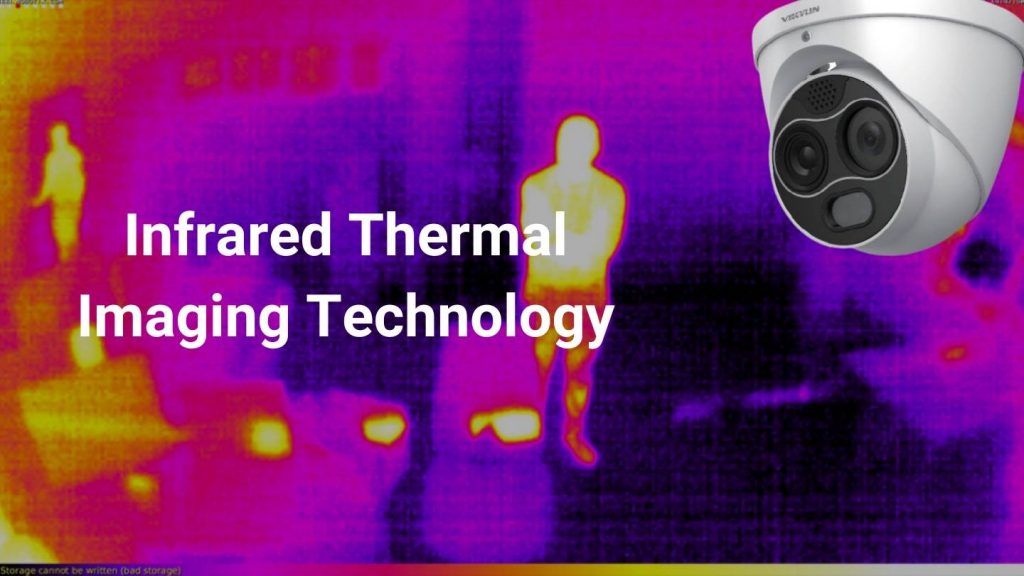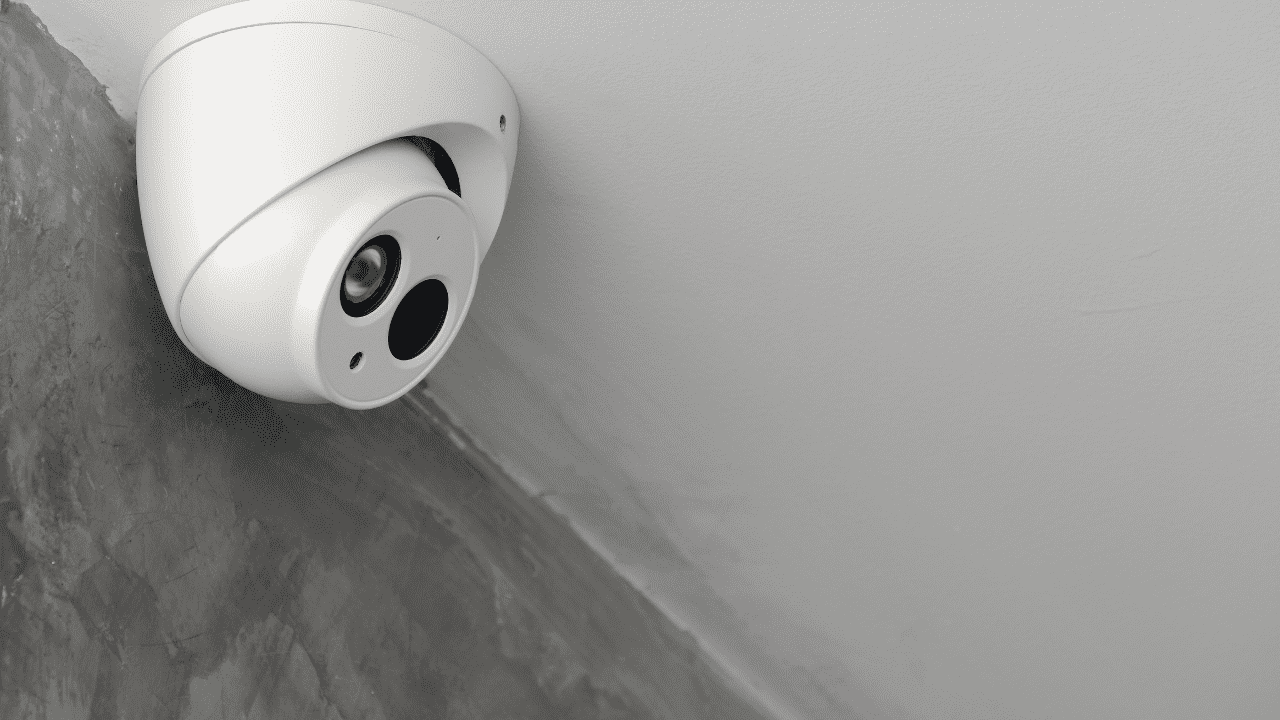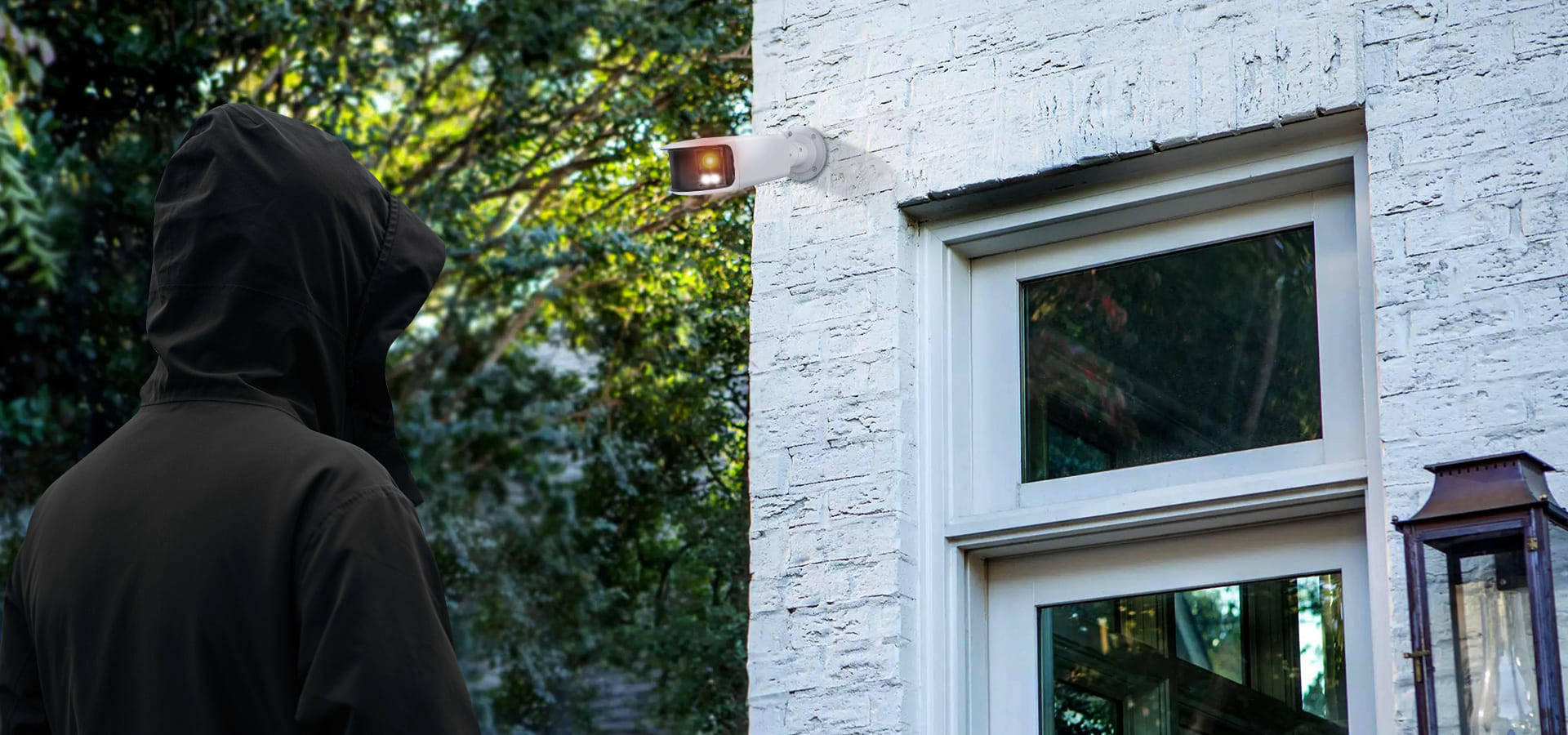Introduction:
In today’s uncertain world, security issues are becoming more and more important. Infrared thermal imaging video surveillance technology, as an advanced monitoring method, is gradually becoming an indispensable part of our daily life and industrial safety. This technology can work in a completely dark environment, unaffected by light changes and shadows, providing us with a nearly non-invasive monitoring method.

The Principle of Thermal Security Camera?
Infrared thermal imaging technology works by detecting the infrared radiation emitted by objects and converting it into visual images. Unlike traditional surveillance cameras that rely on visible light, thermal security camera provides clear imagery regardless of the lighting conditions, making them ideal for round-the-clock monitoring.
Advantages of Thermal Security Cameras?
The core advantage of infrared thermal imaging technology is its ability to detect and record radiation in the long-wave infrared range, which means that it can provide clear images even in adverse weather conditions or at night. Compared with traditional night vision technology, thermal security cameras is not affected by local lighting or other interfering factors, such as fog or smoke. As technology advances, the resolution and bit depth of infrared thermal imaging cameras have been significantly improved, making these images very useful in remote monitoring applications, such as monitoring vehicles, pedestrians or buildings at a distance.
Applications of Infrared Thermal Imaging Security Camera
- Night-time Surveillance: thermal imaging security camera shines in low-light environments, offering crisp images when natural light is scarce. This feature is invaluable for applications such as border patrol, warehouse security, and other scenarios requiring continuous surveillance.
- Detecting Hidden Threats: Thermal surveillance camera can identify concealed or camouflaged objects by sensing heat differences. This capability is crucial for uncovering potential intruders or suspicious activities, enhancing the overall security of sensitive areas.
- Fire Detection: By detecting temperature anomalies, thermal imaging technology can provide early warnings of fires, preventing catastrophic damage. This early detection system is a lifesaver in both residential and industrial settings.
- Personnel Tracking: Thermal imaging allows for the tracking and identification of individuals by analyzing heat signatures. This is particularly useful during large-scale events or in securing critical infrastructure accidents.
Market Prospects:
Infrared thermal imaging technology is rapidly gaining recognition in the surveillance market due to its ability to provide clear images under various lighting conditions. With the advancement of technology and the reduction of costs, the application scope of this technology is expanding, especially in situations where continuous monitoring is required, such as border security and key facility protection.
Conclusion:
Infrared thermal imaging technology is an important development direction for the surveillance industry. Surveillance cameras wholesale suppliers should provide more efficient and reliable security solutions through continuous technological innovation to meet market needs and maintain competitive advantages. This technology has great potential for future development and will become one of the key technologies in the CCTV industry.







